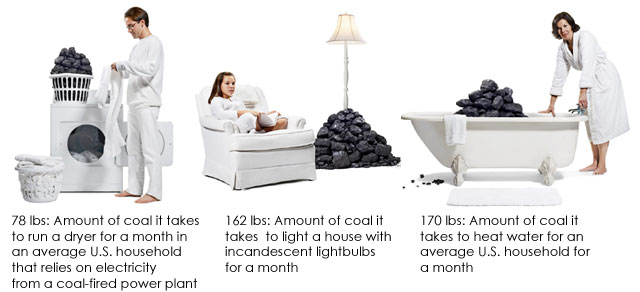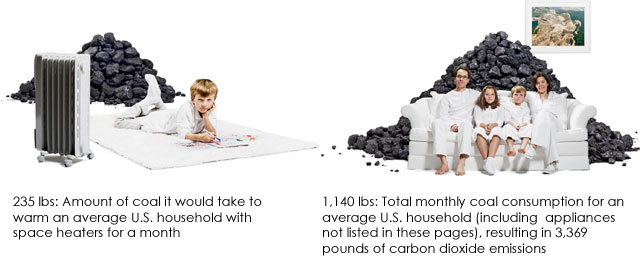sierraclub.org - sierra magazine - january/february 2009 - the dirt on coal


The Dirt on Coal
A messy business comes home to roost
By Silas House
>One of my earliest memories is standing on the spine of a ridge looking down on the place that had been the House family cemetery in Lily, Kentucky. The cedar-pocked graveyard had been part of that ridge, but now it was pushed into the strip mine below.
All the caskets and tombstones were supposed to have been moved by the coal company, but we later found out that my great-aunt's had been pushed over the hill too, buried under some 50 feet of unwanted topsoil, clay, and low-grade coal--overburden, as the coal-mining industry calls it. I remember my father and uncles standing nearby, silent except for the coins they rattled in their pockets.

I thought back on this some 20 years later the first time I saw a mountaintop-removal mine; I didn't know whether to cry or throw up. The mountain, once a living, thriving entity, was now barren and lifeless. The miners hadn't even bothered to harvest the trees; instead, a dozer's shiny blade had simply knocked them down to make way for the site to expand. The trees, mostly oaks, beeches, and redbuds at the height of their springtime glory, were dumped atop a pile where hundreds more were burning in a smoldering fire. Their green leaves crackled in the still, dry air.

Since then I've visited dozens of similar mines. To begin to appreciate the enormity of the mountaintop-removal sites--some of which stretch across 15 square miles--you have to fly over them. Even so, the scale of the destruction is hard to comprehend.
That devastation is not limited to trees and mountains, but extends to the people who live among the ruin. They tell stories of poisoned water, dried-up wells, and cracked foundations. They testify to fish kills, company intimidation, and roads crumbling beneath the weight of overloaded coal trucks. They fear paid-off inspectors, 100-year floods that now happen twice a year, and above all the wide-reaching power of King Coal.
That power grows every time someone says "clean coal,"as politicians of both parties are apt to do these days. The sad truth is that there's no such thing. Burning coal--regardless of where it's mined and how it's processed--pollutes America's skies and contributes to global warming. Yet the fantasy of clean coal leads to the reality of more coal being mined to meet the demand for this mythological substance. More mountains will fall to Big Coal, and more people will suffer--not only in Appalachia but also, due to our changing climate, in drought-ravaged Africa, the flooded fields of Asia, and the overheated and barren seas of Europe. Everyone will eventually pay the price for coal consumption.
For those far from the wasted landscapes of Appalachia, energy is an abstraction. The cost of powering our lives with this dirtiest of fossil fuels is, to most, as opaque as a lump of coal. These images seek to illuminate that cost, and to bring it home to you as it was brought home to me on that lonely Kentucky ridge.
Silas House is the author of three novels. His latest book, Something's Rising (written with Jason Howard), is a collection of oral histories and stories about people fighting mountaintop-removal coal mining. It will be published by the University Press of Kentucky in March. For more information, visit silashouse.net.
Photos of family by Lauren Burke; used with permission.
Mountaintop-removal-mining photo: Ashford7/southwings; used with permission.